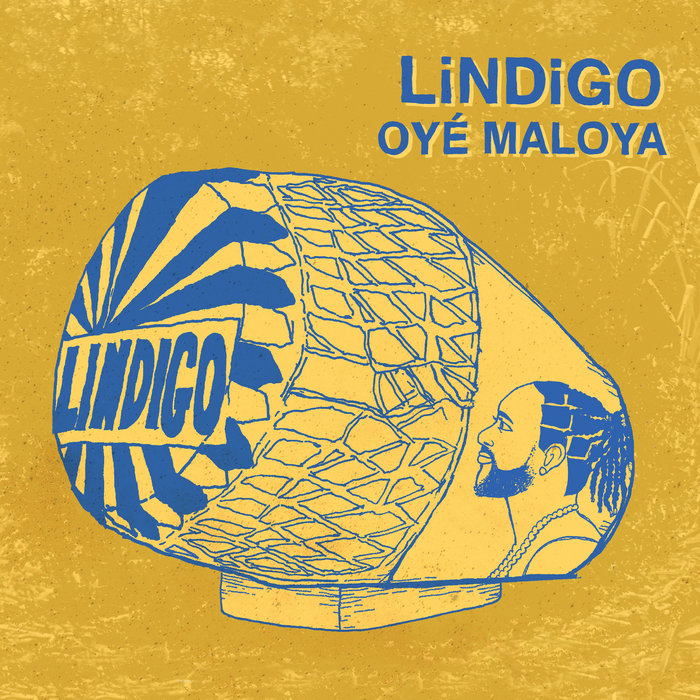
Oyé Maloya – LINDIGO
this blog is GROOVY – check out great Soul, Funk, Jazz, Hip Hop, Bass, Breaks , Reggae, House n many more TUNES
Ah, rumba! Just the word makes you want to tap your feet and shake your hips. This vibrant genre of music is not just a style; it’s a culture, a heartbeat that connects people through rhythm and dance. So sit back, relax, and let’s take a funky journey through the history of rumba!
At its core, rumba represents everything from traditional folk music to an energetic dance form. Originating in Cuba during the late 19th century, it blends African rhythms with Spanish melodies. It wasn’t long before this infectious sound found its way out of those Caribbean shores.
The tale begins in the heart of Africa—specifically among West African tribes who brought their musical traditions with them during slavery. When these beats mixed with Spanish influences in Cuba’s bustling ports (hello Havana!), something magical happened: rumba emerged!
Imagine musicians gathered around—a mix of singers clapping hands while drummers pounded on congas. This was real-life “let’s bring everyone together” energy! Initially performed at local celebrations or gatherings, rumba was all about community vibes.
Fast forward to the 20th century—the roaring ‘20s actually saw Cuban musicians touring internationally. Enter son, an upbeat cousin of rumba that began winning hearts beyond Cuba’s coasts! The son incorporated elements like guitar and brass instruments creating catchy tunes that were hard not to love.
And then we had the mambo craze! It swept America off its feet during the ’40s and ’50s when artists like Tito Puente came along waving colorful flags decorated with maracas! As dancers twirled on ballroom floors across cities such as New York City—guess what? They weren’t just dancing; they were doing some serious rum-ba-bumpin’!
Despite facing ups-and-downs throughout music history (thanks often attributed unjustly), by mid-century—the energizing power of Latin sounds grew stronger still—enter salsa fusion which kept those sweet grooves alive!
In contemporary times? Rumba can be found evolving under various styles; modern artists are blending old-school rhythms with hip-hop beats and even electronic sounds—it feels so right!
There’s no shortage of fascinating anecdotes involving legendary figures from this groovy scene:
Desi Arnaz: You may know him as Lucy’s husband on “I Love Lucy,” but Desi was also key for putting Latin music mainstream thanks to his iconic band! Little known fact? He played bongo drums alongside calling out one-liners—multitasking goals anyone?!
Tito Puente: Aside from being called “El Rey del Timbal,” Tito once famously declared he could make any household item into an instrument—even cooking pots! Imagine stirring up some arroz con pollo while busting out a sick drum solo!
Compay Segundo: An essential figure behind Buena Vista Social Club fame led lively jam sessions where friend’s laughter echoed louder than instruments themselves—and yes—they always ended up singing about cats named after political leaders because why not?
Did we mention how important dance is within rumba culture? Everyone knows it goes hand-in-hand…or foot-to-foot if you’re feeling fancy-dancy!
Rumba enthusiasts have embraced different styles over time—from flashy ballroom numbers featuring swirling dresses to laid-back street performances showing off smooth moves straight from urban corners worldwide.
Don’t worry if you’re new either—you don’t need fancy classes; simply follow your instincts…and maybe bring snacks too because nothing brings people together like good food between dance breaks!
As we groove our way toward wrapping things up on dear ole’ rumba—it becomes clear that whether you’re sipping mojitos at home or spinning records loud enough for neighbors across town—weaving beautiful stories through both song & dance remains timeless magic.
So next time someone mentions rum-ba, break out those shakin’ boots—not only will you feel confidently cool groovin’, but you’ll also keep alive centuries worth celebration through rhythm-soaked joyfulness…and hey—a few funny facts never hurt anyone either 😉
Keep moving & shaking folks—until next time!

Oyé Maloya – LINDIGO
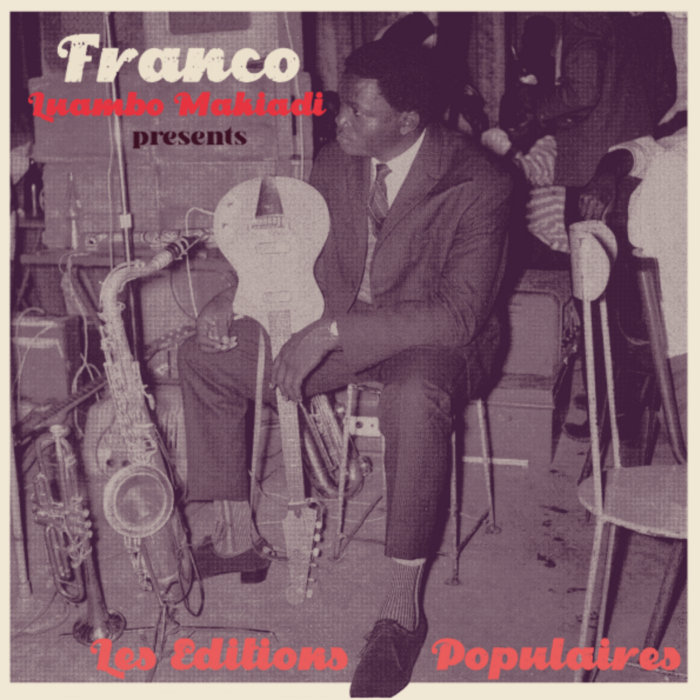
Ku Kisantu Kikuenda Ku – Franco & O.K. Jazz
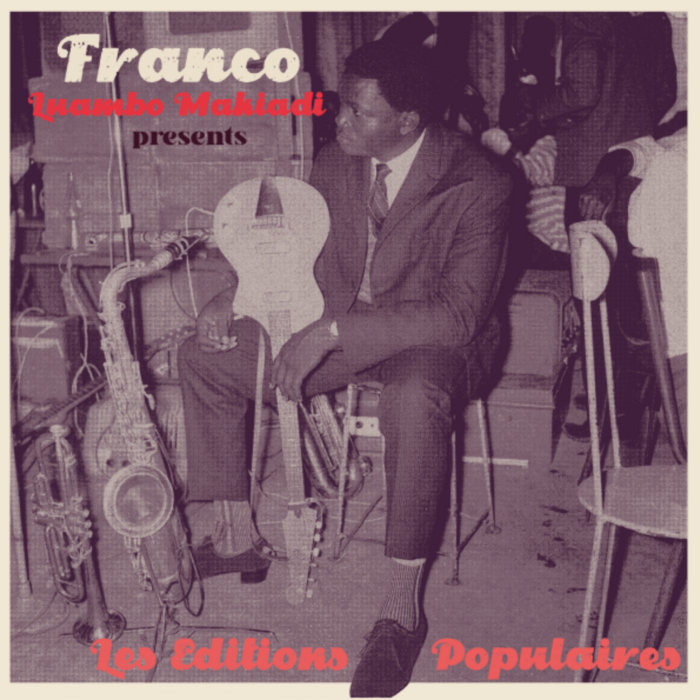
Mobali Na Ngai Azali Etudiant Na Mpoto – Franco & O.K. Jazz
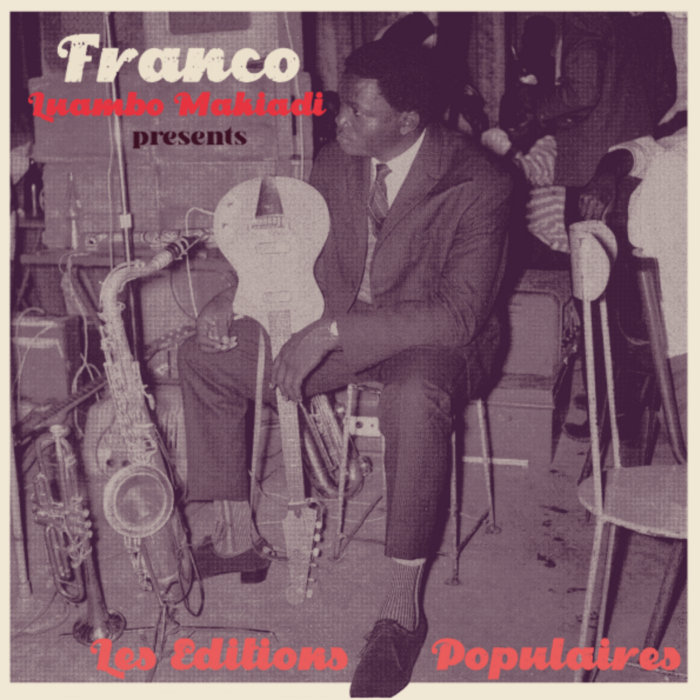
Congo Mibale – Franco & O.K. Jazz
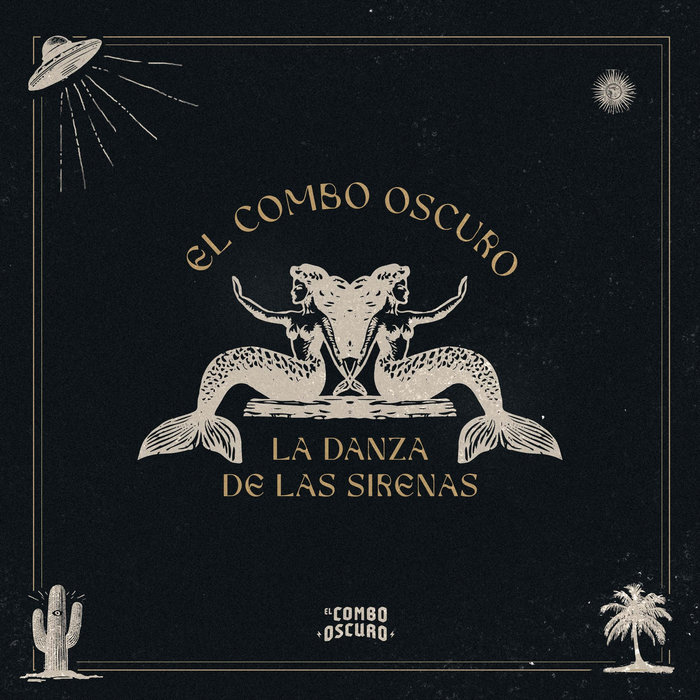
El Chamán – El Combo Oscuro